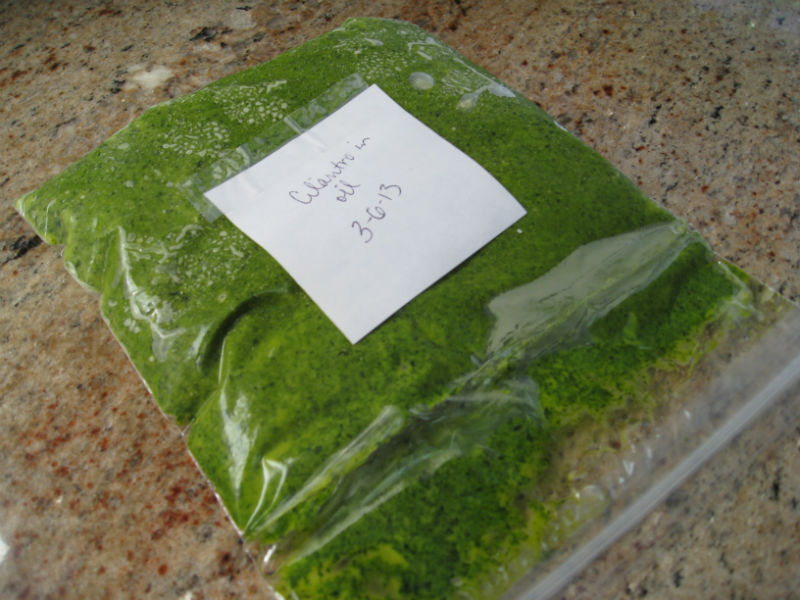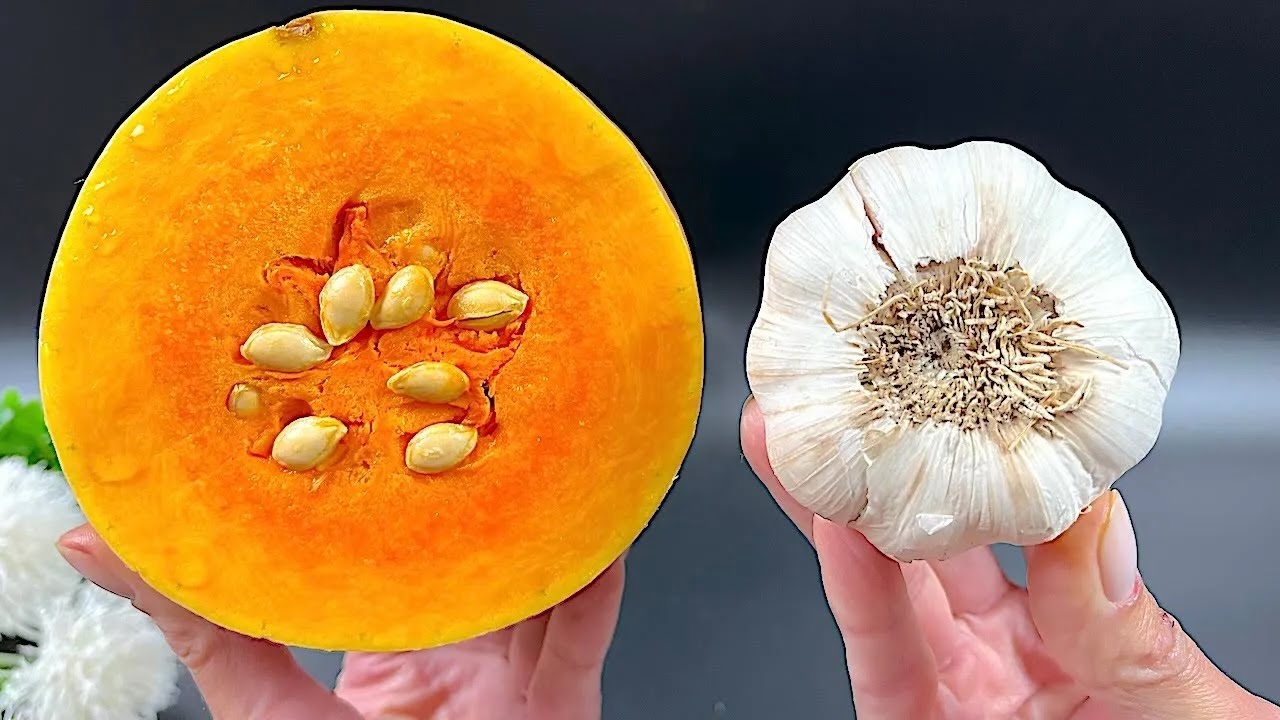
Cilantro, also known as coriander, is a flavorful herb that can add a fresh zest to various dishes, from salsas to curries. However, cilantro is notoriously quick to wilt and lose its vibrancy. If you find yourself frequently discarding wilted cilantro, these three preservation methods can help you keep this herb fresh and flavorful for weeks or even months, ensuring you always have some on hand when you need it.
1. Refrigerator Method for Freshness
-
Preparation: Begin by gently rinsing your cilantro under cold water to remove any dirt or residue. Shake off excess water or use a salad spinner to dry the leaves slightly.
-
Storage: Trim the ends of the stems slightly before placing the cilantro in a jar or a glass filled with an inch of water, much like you would with fresh flowers. Cover the leaves loosely with a plastic bag and secure it with a rubber band around the rim of the jar. Store it in the refrigerator.
-
Maintenance: Change the water every few days to prevent bacterial growth. This method can keep your cilantro fresh for up to two weeks.
2. Freezing for Long-Term Use
-
Preparation: Wash and thoroughly dry the cilantro. Chopping the leaves can help you easily use them from frozen.
-
Freezing Method 1: Place the chopped cilantro in ice cube trays. Fill the trays with water and freeze. Once frozen, transfer the cilantro cubes into a freezer bag or container. This method is excellent for adding cilantro to cooked dishes, as the water will not affect the cooking process.
-
Freezing Method 2: Alternatively, you can freeze the dry chopped cilantro in a flat layer on a baking sheet. Once frozen, transfer to a freezer-safe bag or container. This method is best if you prefer to sprinkle cilantro directly into dishes without additional water.
3. Drying for Extended Storage
-
Preparation: Thoroughly wash and dry your cilantro.
-
Drying Process: Tie the stems together and hang the bunch upside down in a warm, well-ventilated area away from direct sunlight. Once fully dried, crumble the leaves and store them in an airtight container.
-
Use: Dried cilantro is less potent than fresh but is excellent in cooked recipes where it has time to rehydrate and infuse its flavor.
Conclusion
By using these methods, you can extend the life of your cilantro and reduce waste. Whether you choose refrigeration for freshness, freezing for convenience, or drying for long-term storage, each method ensures you have this beloved herb ready for your culinary creations. No more last-minute grocery runs for wilted herbs; with a little preparation, your cilantro will be preserved just the way you need it!





